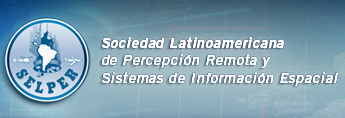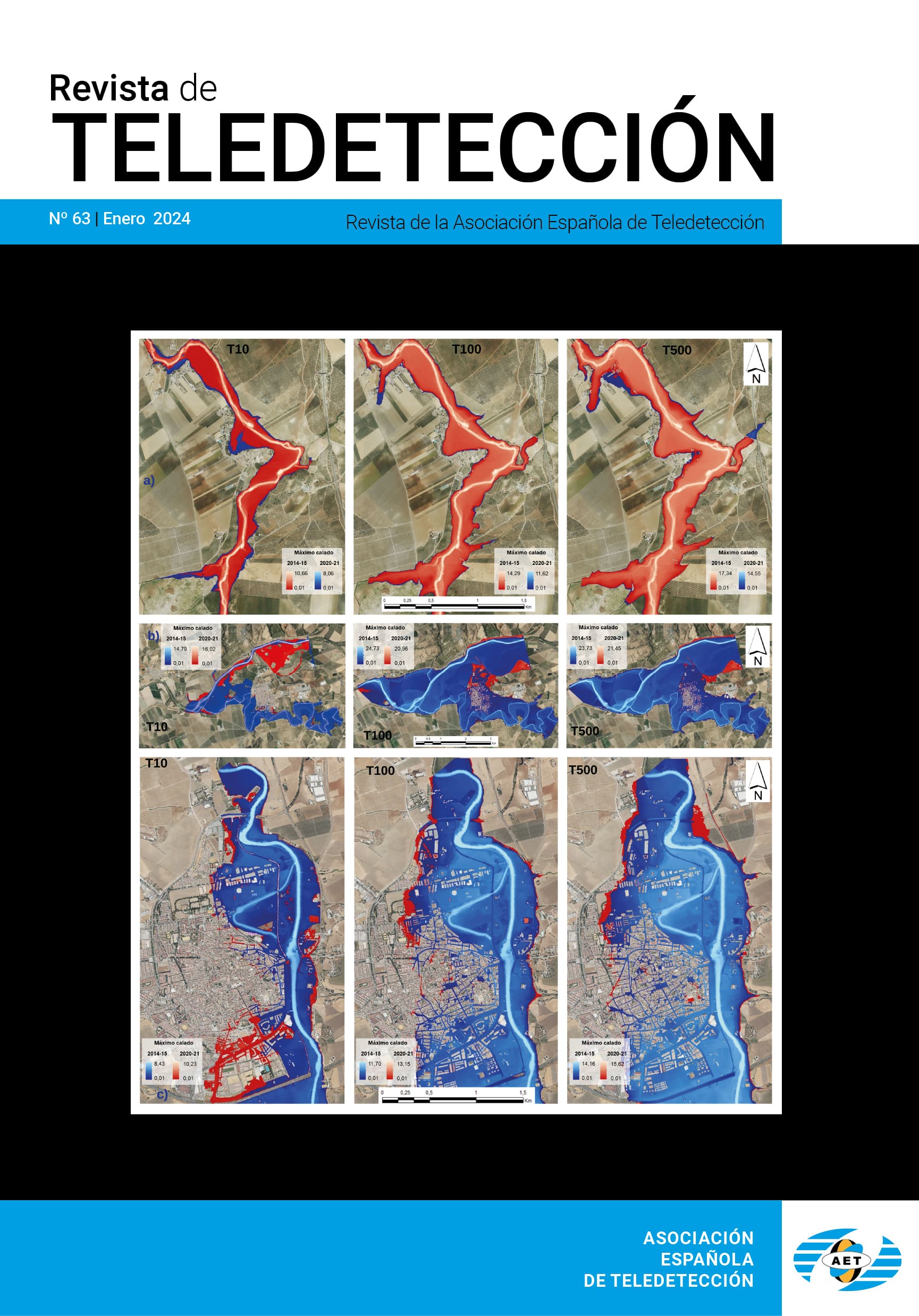Los índices de vegetación como indicadores del riesgo de incendio con imágenes del sensor TERRA-MODIS
M. Bisquert (Maria.Mar.Bisquert@uv.es)
J. M. Sánchez, V. Caselles, M. I. Paz Andrade y J. L. Legido
RESUMEN
Los incendios forestales son una catástrofe para la naturaleza. En zonas como Galicia los incendios forestales son muy frecuentes y devastadores, por lo que son muy importantes las tareas de prevención y los modelos de predicción de riesgo de incendio.
Los índices de vegetación y de humedad se pueden utilizar para caracterizar el estado de la vegetación, sin embargo, cada tipo de vegetación responde mejor a un índice en particular. En este trabajo recurrimos a ocho índices diferentes, para analizar cuál es más apropiado en la región de Galicia. También se extiende el estudio a la región colindante de Asturias. Se ha empleado una serie de 6 años de imágenes de los productos MOD09 A1 y MOD13 Q1 del sensor MODIS (Moderate Resolution Imaging Spectroradiometer), así como información de los incendios registrados durante el mismo periodo en base a una cuadrícula de 10×10 Km. El porcentaje de casos afectados con incendio se ajusta bastante bien a la variación que experimentan algunos de los índices estudiados, tanto para Galicia como para Asturias, siguiendo una distribución lineal. El Enhanced Vegetation Index (EVI) se muestra como el más favorable de todos ellos, con un error de estimación de probabilidad de que se produzca incendio variando entre el 11% para Galicia y el 18% para Asturias. En base a dicha probabilidad se establece una clasificación de las cuadrículas que permite identificar tres niveles diferentes de peligrosidad. Este trabajo supone un paso más en nuestra labor de contribuir a aumentar la eficiencia de los sistemas de prevención de incendios que se utilizan actualmente, mediante el uso de las técnicas de teledetección.
PALABRAS CLAVE: índices de vegetación, MODIS/Terra, riesgo de incendio, Galicia, Asturias.
ABSTRACT
Forest fires are a catastrophe for nature. In areas such as Galicia, forest fires are frequent and devastating. For these reasons, prevention tasks and the development of fire risk models become very important.
Vegetation and moisture indices can be used to monitor the vegetation status; however the different indices do not work the same in different vegetation species. In this paper, we have selected eight different spectral indices in order to analyze which is the most appropriate in Galicia. This study is extended to the adjacent region of Asturias. Six years of images from the MODIS (Moderate Resolution Imaging Spectroradiometer) products MOD09 A1 and MOD13 Q1, together with fire data in a 10x10 km grid basis were used. The percentage of fire events fits the variations suffered by some of the spectral indices, following a linear distribution in both, Galicia and Asturias. The Enhanced Vegetation Index (EVI) seems to be the most appropriate, with an estimation error of the fire probability ranging between 11% in Galicia and 18% in Asturias. Based on these results we establish a three level risk classification. This work is a step forward in the labour of contributing to improve the efficiency of the fire prevention systems currently in use, by the application of remote sensing techniques.
KEYWORDS: vegetation indices, MODIS/Terra, fire risk, Galicia, Asturias.
PULSE AQUI PARA DESCARGAR EL ARTÍCULO COMPLETO.








